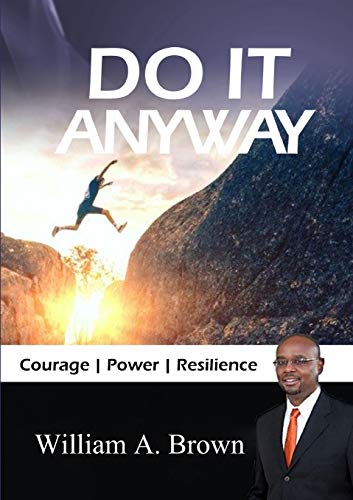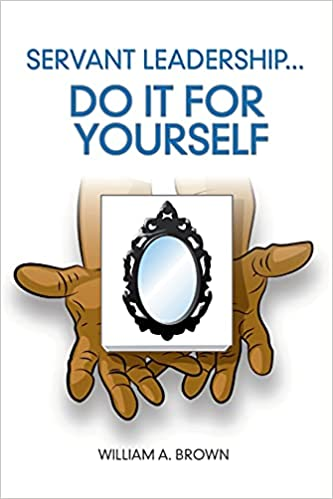Article-Detail
Sexual Harassment is Destructive
Linda Strong was 21 in 2012 when she started working at an Alorica call center in Fresno, California. Alorica is a privately owned firm that makes about $2 billion in revenue annually with more than 100,000 employees in 15 countries. Roughly 70% of its business is done with Fortune 500 companies in finance, communications, healthcare, retail, and technology. In Fresno, the call center had 1,150 employees. Linda Strong, a mother of two, was excited to join the team and get started. Two years later, Strong was promoted to team manager overseeing 18 workers while earning $12 an hour. Shortly after her promotion, the harassment began. Her supervisor would regularly talk about his favorite sexual position and comment on her butt. He and two other supervisors would give unwelcomed back rubs and comment on her chest to colleagues. Her supervisor once invited her back to his house so they “could have some fun”. Linda depended on her paycheck from Alorica to pay the rent and bills so she endured her harassers. Finally, when it got to be too much, she complained to her human resources official, she was offered two weeks of unpaid leave and told the company would investigate and handle it.
When she returned from leave, she found that not only had it not been handled, but now everyone knew about her complaint, and her supervisor and his friends would glare at her whenever they walked by. When this new harassment became too much, Linda went to the site supervisor to complain. The top person at the Fresno call center interrupted her complaint saying he didn’t want to hear about anything incriminating about his assistants because they perform for him. It wasn’t until after she left Alorica in 2015 that she stumbled upon an EEOC brochure that talked about sexual harassment that she made her way to the Fresno Equal Employment Opportunity Commission. In the EEOC office, Linda found people who understood and were willing to help. Two things stood out while studying this case, one much more significant than the other, 1. No one in that office read their workplace posters, and 2. She couldn’t be the only one in that office being abused.
I too am guilty of not reading the workplace posters in the lounge at way too many places where I’ve worked. In Linda Strong’s situation, it’s clear that not many people, Human Resources officers and supervisors included, hadn’t read it either. On those workplace posters is information on pay, workplace conditions, resources for employees, and information on Sexual Harassment. The Equal Employment Opportunity Commission (EEOC) defines sexual harassment as ‘unwelcome sexual advances, requests for sexual favors, and other verbal or physical conduct of a sexual nature when it explicitly or implicitly affects an individual’s work performance, or creates an intimidating, hostil, or offensive work environment.’ The EEOC definition sounds like a description of what Linda Strong experienced in that call center in Fresno. Linda was not alone. Chastity LaMattina started at the same Alorica call center in November 2014 at 20, and the harassment began immediately. Her manager rubbed his open hand over her butt then took a soda bottle, rubbed his genitals, then rubbed it against her ribs and asked ‘this is what you need, huh?’
The employer is responsible for protecting the rights of all employees, supervisors and managers hold this responsibility day to day. A recent study suggests that 3 in 4 victims of sexual harassment never report it to anyone who can help. Instead, victims tend to avoid the harasser, minimize the impact of the behavior, try to ignore it, or just pinch their noses and wait for it to pass. There are a number of reasons that victims make the decision not to report it, psychotherapist, Beverly Engel provides a few from fear of retaliation, retribution, or inaction to a history of sexual abuse to shame. People don’t want to have to tell the story, have to relive it during an investigation, or be called a liar or slut by colleagues. Employers who want to provide safe environments for employees need to build a culture of safety for everyone so that employees are comfortable reporting mistreatment. The law requires employers to take all complaints seriously and to investigate them all. A lack of action or not taking the complaint seriously communicates an unhealthy message to employees that their experience isn’t important to the boss. This message tells the target and the violator that this behavior is acceptable, further eroding office culture and morale. This message also explains why so many people never speak up when it happens to them.
We don’t need laws to tell us that mistreatment is not okay and needs to be dealt with, we just have to imagine ourselves as the target. We have all had a difficult boss or colleague or someone we just wish would go away. How do you hope people would have responded to you? That is likely the best way to deal with it. Linda Strong’s abuser should have been given time off during the investigation. A thorough investigation would have revealed the extent of the misconduct and provided an opportunity to eliminate it. Further, this revelation would have provided an opportunity to talk to the entire team about what is appropriate and what to do when you are confronted with inappropriate conduct. Predators look for people with less power to take advantage of, and there were a lot of them at Alorica. Their behavior and the tacit approval by leadership cost Alorica $3.5 million, an embarrassing lawsuit, and volumes of unflattering media reporting. Build a culture of comfort and inclusivity that will make employees safe and predators uncomfortable. Instead of chasing off victims, violators will reform or won’t want to be around and your organization will SOAR!
William A. Brown
December 6, 2020
https://www.eeoc.gov/publications/facts-about-sexual-harassment




